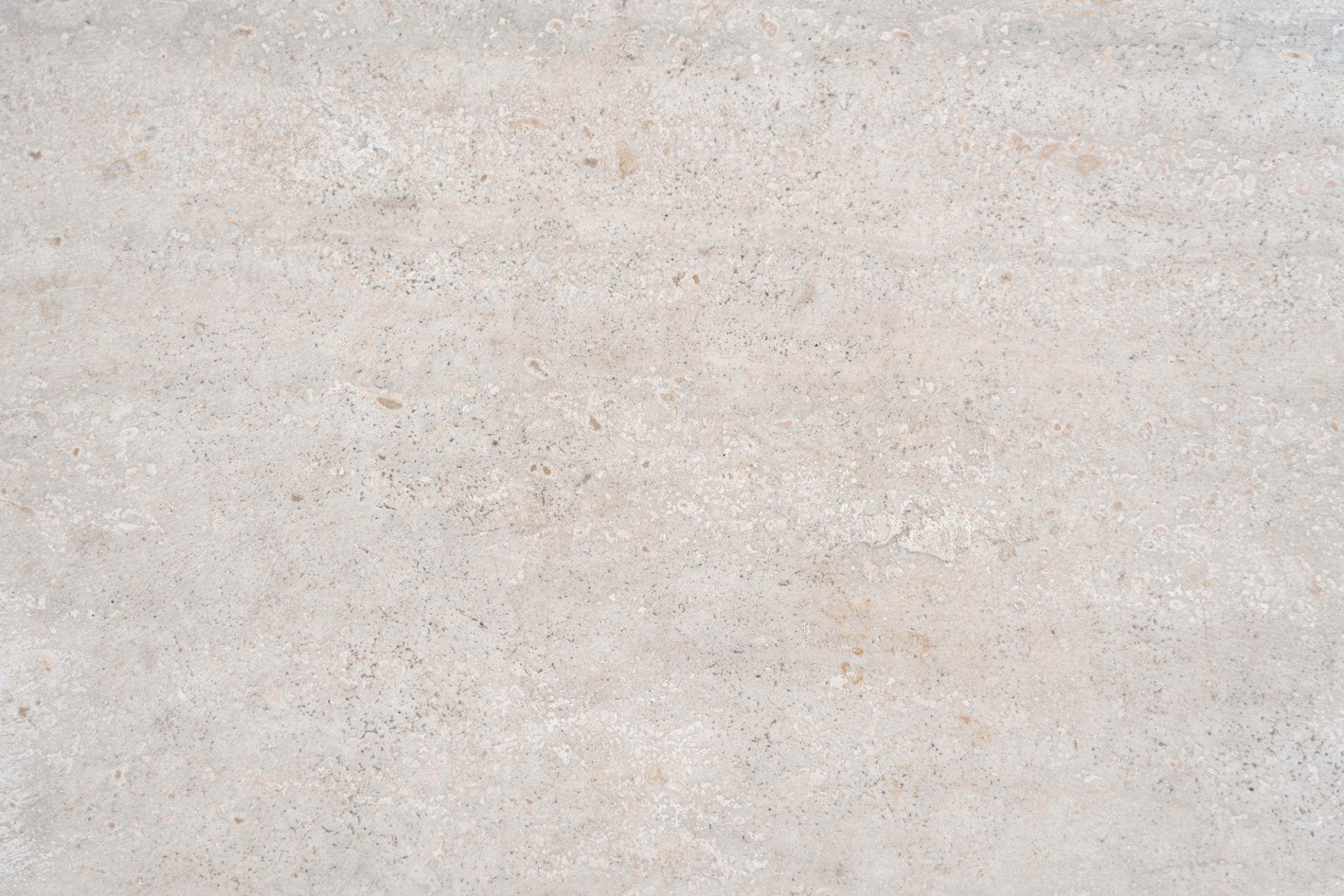Eco-Friendly Materials for Creating Mosaics: A Guide for Sustainable Art
Introduction to Eco-Friendly Mosaics
Mosaics have been a cherished art form for centuries, known for their intricate beauty and vivid storytelling. However, as environmental concerns grow, artists and hobbyists are increasingly seeking sustainable methods to create their masterpieces. This guide explores eco-friendly materials that can transform your mosaic art into a more sustainable practice.
By choosing environmentally friendly materials, you not only reduce your carbon footprint but also contribute to the preservation of natural resources. Here, we delve into some of the best options available for eco-conscious mosaic artists.

Recycled Glass and Tiles
One of the most accessible materials for creating eco-friendly mosaics is recycled glass and tiles. These materials offer the same vibrant colors and textures as new ones but with a significantly lower environmental impact. Recycled glass is often sourced from post-consumer products like bottles and windows, making it an excellent choice for sustainable art.
The process of recycling glass involves melting down the collected materials and reforming them into sheets or other shapes used for mosaics. This process uses less energy than producing new glass and helps to keep waste out of landfills, making it a win-win for artists and the environment alike.
Where to Find Recycled Materials
You can find recycled glass and tiles at specialized art supply stores or through online retailers dedicated to sustainable materials. Many communities also have local recycling centers that may offer these materials at a reduced cost or even for free.

Natural Stones and Pebbles
Natural stones, such as pebbles and slate, are another excellent option for eco-friendly mosaics. These materials are not only beautiful and durable but also readily available in nature. When using natural stones, it's important to source them responsibly to avoid disrupting local ecosystems.
Consider collecting stones from your own garden or local areas where they are abundant. Always ensure that you have permission to collect stones from public or private lands to avoid legal issues.
Advantages of Natural Stones
Natural stones offer a unique aesthetic that is hard to replicate with manufactured materials. They come in a variety of colors, sizes, and textures, allowing for endless creative possibilities in your mosaic projects.

Upcycled Materials
Upcycling involves transforming waste materials or unwanted products into new, useful items. In the world of mosaics, this could mean using broken ceramics, old jewelry, or even discarded hardware to create stunning pieces of art. Not only does this practice help reduce waste, but it also adds a personal touch to your creations.
Upcycling encourages creativity, as it challenges artists to see beauty in what others might consider junk. This approach can lead to unique and one-of-a-kind mosaics that are both meaningful and environmentally responsible.
Tips for Upcycling
Start by looking around your home for items that could be repurposed into your mosaic projects. Flea markets, garage sales, and thrift stores are also great places to find potential upcycling materials at a low cost.
Sustainable Adhesives and Grouts
While the focus on eco-friendly materials often centers on the visible parts of mosaics, it's equally important to consider the adhesives and grouts used in the process. Traditional products can contain harmful chemicals that are not environmentally friendly. Fortunately, there are now biodegradable adhesives and low-VOC grouts available that provide strong bonds without compromising on sustainability.
When selecting adhesives and grouts, look for products labeled as non-toxic and environmentally safe. These options ensure that your entire mosaic project aligns with your commitment to sustainability.

Conclusion
Creating mosaics with eco-friendly materials is a rewarding way to express creativity while respecting the planet. By choosing recycled glass, natural stones, upcycled items, and sustainable adhesives, artists can produce beautiful works of art that are kind to the environment. As you explore these options, you not only contribute to a healthier planet but also inspire others in the art community to embrace sustainable practices.
The journey towards sustainable art begins with small steps, and each conscious choice made by mosaic artists can lead to a significant positive impact on our world.
